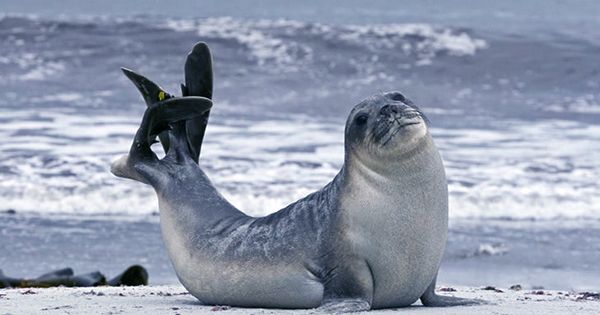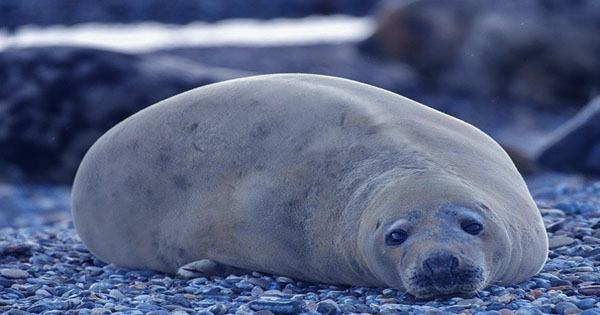As COVID-19 spreads over the world, health officials are naturally concerned about another zoonotic illness spreading to people. As a result, news of a tiny but concerning outbreak of avian flu has sparked fear in the United Kingdom. A fox and at least three seals were infected and killed because of the outbreak, which transferred from birds to animals. The incident happened in late 2020 at an unknown wildlife rehabilitation center in the United Kingdom, according to a recent paper published in the journal Emerging Infectious Diseases. It all started with the arrival of five sick swans that had acute exhaustion and convulsions and were later found to infect with the avian influenza strain H5N8.
A fox (Vulpes vulpes), four young common seals (Phoca vitulina), and a juvenile gray seal (Halichoerus grypus) died or were euthanized with symptoms shortly after the swans perished. All of the infected mammals displayed severe symptoms, including convulsions. The research indicates that all evidence leads to the swans as the cause of the outbreak and that the disease spread to other animals in the wildlife rehabilitation center’s quarantine facility. If this is the case, the disease is disseminated via aerosols or infected surfaces, as was the case with COVID-19.

“Although the quarantine facility is designed to limit the spread of infectious microorganisms through the use of good basic hygiene practices,” the authors wrote, “it is not a biosecure facility designed to handle Biosafety Level 3 pathogens; as a result, highly transmissible agents like avian influenza may well spread even with some infection prevention measures in place.” “Because influenza infection was not suspected at the time of the incident, biosecurity practices at the center may have been less effective at preventing spread than those implemented at a higher level of biosecurity, which would have been in place had there been an awareness of influenza infection.”
It is unusual for avian flu to transfer to and incapacitate many animals, so this is cause for alarm. Despite being fatal to foxes and seals, examinations into the strain appear to indicate that it is not a human-threatening variant.
“While genetic analysis revealed no increased risk of human infection with H5N8 viruses in this outbreak,” the authors said, “the investigation demonstrates how these viruses may pose unanticipated and serious health concerns for mammalian species.” “However, such spillover disease episodes in atypical host species provide new elements for veterinary authorities to consider during disease outbreaks, highlighting the significance of interdisciplinary and collaborative wildlife disease surveillance.” The H5N8 bird flu strain made headlines earlier this year when it was first detected in humans, infecting poultry plant workers in Russia. H5N1, H7N9, and H5N6, as well as a few rare exceptions that can move from birds to people, are other strains of concern.
In general, these “spillover” events are infrequent in transferring from birds to mammals, hence this infection in foxes and seals are noteworthy.













